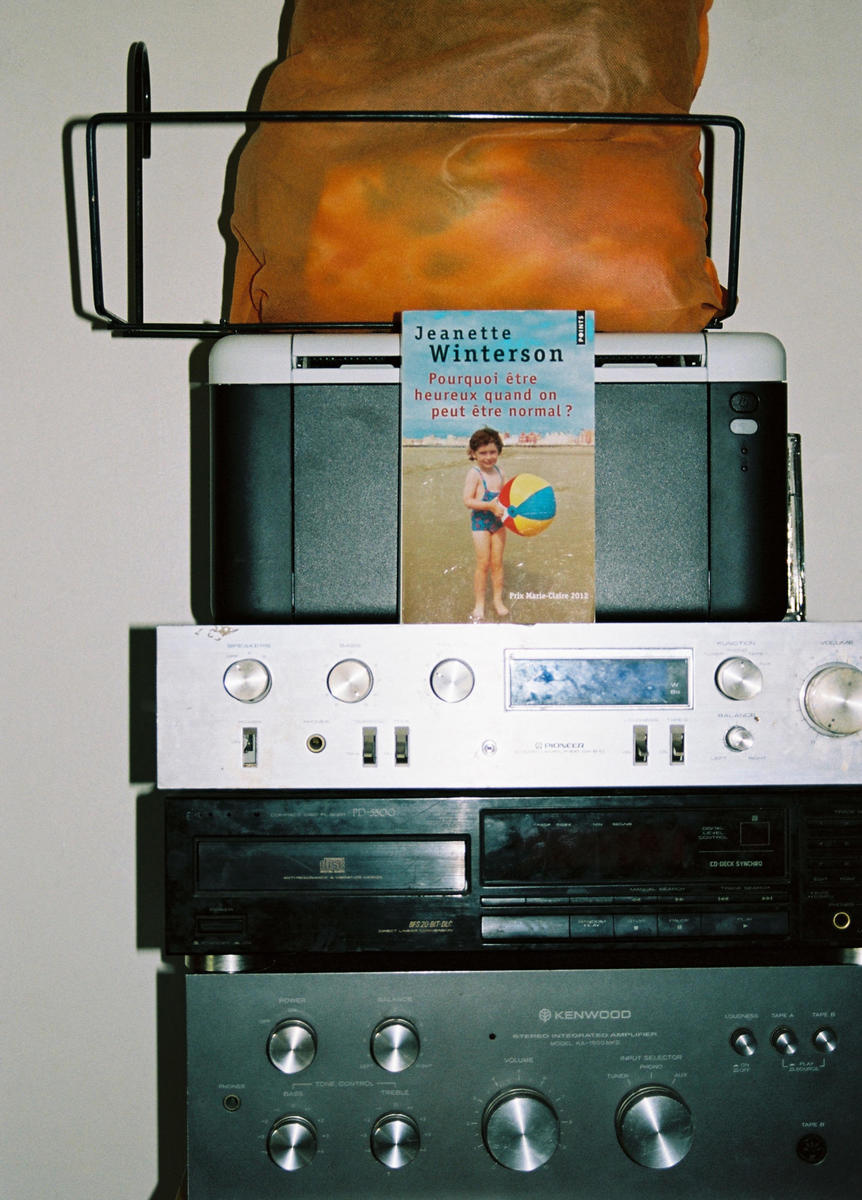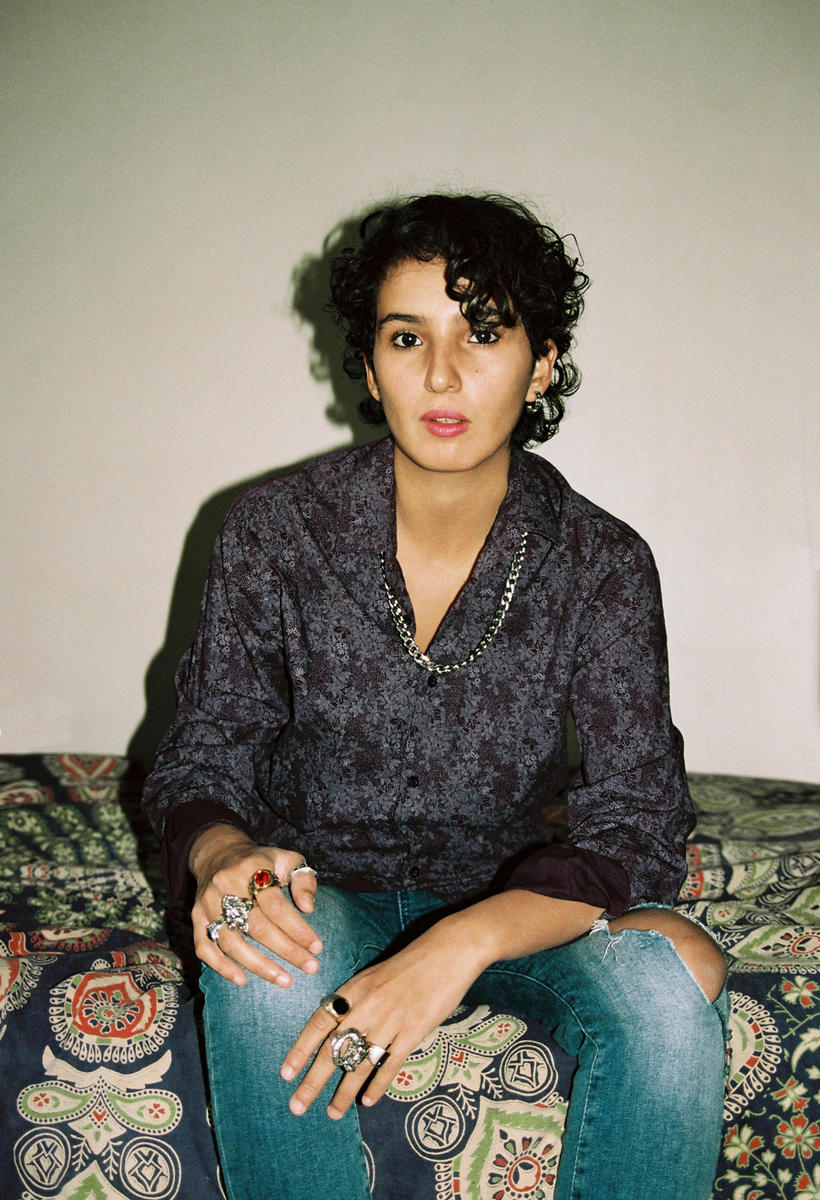
Fatima Daas is committed to the ordinary. The French writer’s debut novel, The Last One, is an autofictional delve into the inner life and growing pains of a young lesbian of Algerian descent. Clichy-sous-Bois is her omphalos, the beleaguered French suburb where riots erupted in 2005 following the deaths of two teenagers named Zyed Benna and Bouna Traoré, who were electrocuted as they fled from the police. Unrest rippled nationwide, triggering the first declaration of a state of emergency since the end of the Algerian War and cementing banlieues like Clichy-sous-Bois in the public imagination as poverty-stricken, crime-infested hinterlands.
How does one write from such a place? As Daas puts it, how do you sit with your ass between two chairs? Daas is not on a mission to correct misconceptions about herself or the communities she contentiously belongs to. She’s not interested in being anyone’s symbol or in taking sides in the tired civilizational clashes her generation has inherited. The Last One, which she published at the age of 25, wrings complexity from the mundane. Daas is attuned to the everyday acts of self-determination and sacrifice that define banlieue life. Her narrator watches and intimates. She is “a girl from the banlieue who observes how Parisians act.” Suffering from chronic asthma and commuter fatigue, she is the mazoziya, or the youngest member of her family. She is the French-born child, the “one they weren’t prepared for.” Peppered with Arabic, The Last One remains linguistically uncluttered: a lean, agile text propelled by the working-class resourcefulness of doing a lot with a little. Long slogs on packed trains transport its narrator into the expansive world of literature. I read this book as a reckoning with the kind of love for one’s hometown you can spend a lifetime trying to reconcile yourself to. What does it mean to be enduringly indebted to what you have worked so hard to escape, to what will never let you go?
The Last One is a book of big ideas and tangled allegiances, one that unravels family, faith, community, social categories, and imposed labels. A bestseller in France, this delicate novel has been elegantly translated into English by Lara Vergnaud. It will be adapted into a film by Hafsia Herzi, whom Daas commends for understanding “the stakes” of the work.
I met Daas in Paris on a summer afternoon. She was reflective and loose-limbed, a picture of relaxed assurance. We discussed many things: her influences, being the only “beurette” in her family, diaspora, failure, rap, religion, the disappeared women of the banlieue, and working-class writers’ relationships to the literary establishments that anoint them.
–Momtaza Mehri
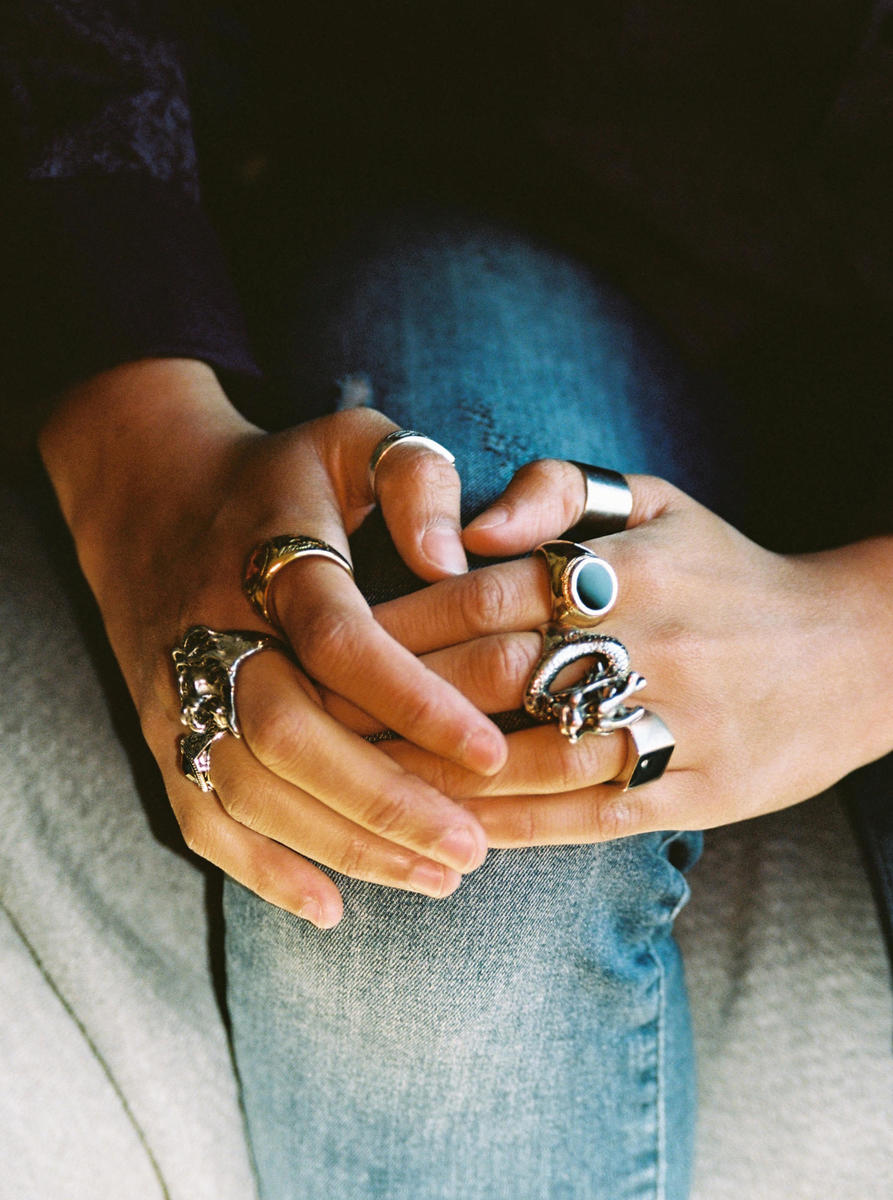
Momtaza Mehri: How did this novel come about?
Fatima Daas: At the very beginning, a text emerged. It was an intimate text about religion and faith. I realized that I hadn’t touched these subjects outside my therapist’s office. There was an urgency, not only to tell a story, but also to tug at a series of persistent contradictions: Islam and lesbianism; being a good student but never finding a home in the French system; being from Algeria but also being the only French-born member of your family; etc. Where is your place? I came to terms with not having one. Or maybe I should say, my place was writing.
MM: Can we speak about influences? Annie Ernaux comes to mind. Her memoir A Man’s Place inhabits a daughter’s gaze, attempting to better understand the “humiliating limitations of class” that defined a distant father’s life as a farm laborer and factory worker. She disappears into the alien, intellectual world of literature; father and daughter no longer have anything to say to each other, and Ernaux writes into this gap. To me, you share her unvarnished yet controlled style. You once mentioned being devastated by the writer Abdellah Taïa. I see you as a part of a constellation of writers including Athena Farrokhzad and Faïza Guène. I think of Guène’s book Kiffe kiffe demain being used to teach French in British schools. This penetration of the British curriculum intrigues me, as I don’t think that has been the case in France, where Guène’s novel of the verlan-inflected, culturally hybrid lives of second-generation youth in the “projects” achieved critical and commercial success.
FD: It’s difficult to say exactly what those authors did for me. Ernaux’s writings on poverty, motherhood, family, shame, and violence spoke to me. Her writing is like a knife. Meeting Abdellah Taïa, reading him, I felt that I was no longer alone. He wrote, after all, as both a Muslim and a homosexual. I’ve also been informed by Mehdi Charef’s works, how they confront what it means to be an Algerian immigrant in France. Charef opened a door for our stories as the children of immigrants, and for that I will be eternally grateful. Some of these affiliations and kinships have been recognized by readers and critics of my work, but with Guène in particular, it feels necessary to acknowledge this affiliation myself. Plus I’ve had to deal with many of the same media attitudes that she did.
MM: These affiliations, imposed or desired, are also exported outside of France. A very specific slice of the banlieue genre dominates our understanding of those troubled suburbs and HLMs (habitations à loyer modéré). In France, an inflamed political culture has long demonized the banlieue’s inhabitants. Elsewhere, we outsiders are exposed to glimpses of the banlieue through cinema, television, translated “littérature urbaine,” and the webs of affinity shared by residents of hoods everywhere. I’ve always been fascinated by how often the young girls and women populating these environments are disappeared. Out of sight or mute, they’re little more than helpless victims of the men in their lives. Dehumanization and sensationalism are two sides of the same coin. The banlieue remains a masculinist framework. How did you set about untangling the relationships among women, mothers, daughters, sisters, and friends?
FD: This is a great question, one that I’ve never been asked before. There are so many kinds of women in the book: the doctor, the therapist, the teacher. This came naturally. The most important figures in my life have all been women. I wanted to make room for their narratives. In the book, the mother is not the submissive figure that France demands: I wanted to communicate a story about a mother who sacrifices herself for her children, a character whose traits weren’t simply a by-product of being Algerian or Muslim. The relationships between sisters also interest me. Sisters can help each other survive. Rokya, the best friend, is another important character. Finding a true girlfriend in high school amid a sea of boys can save you. Rokya is that person. In such a relationship, you don’t necessarily need words. You have unconditional love and acceptance.
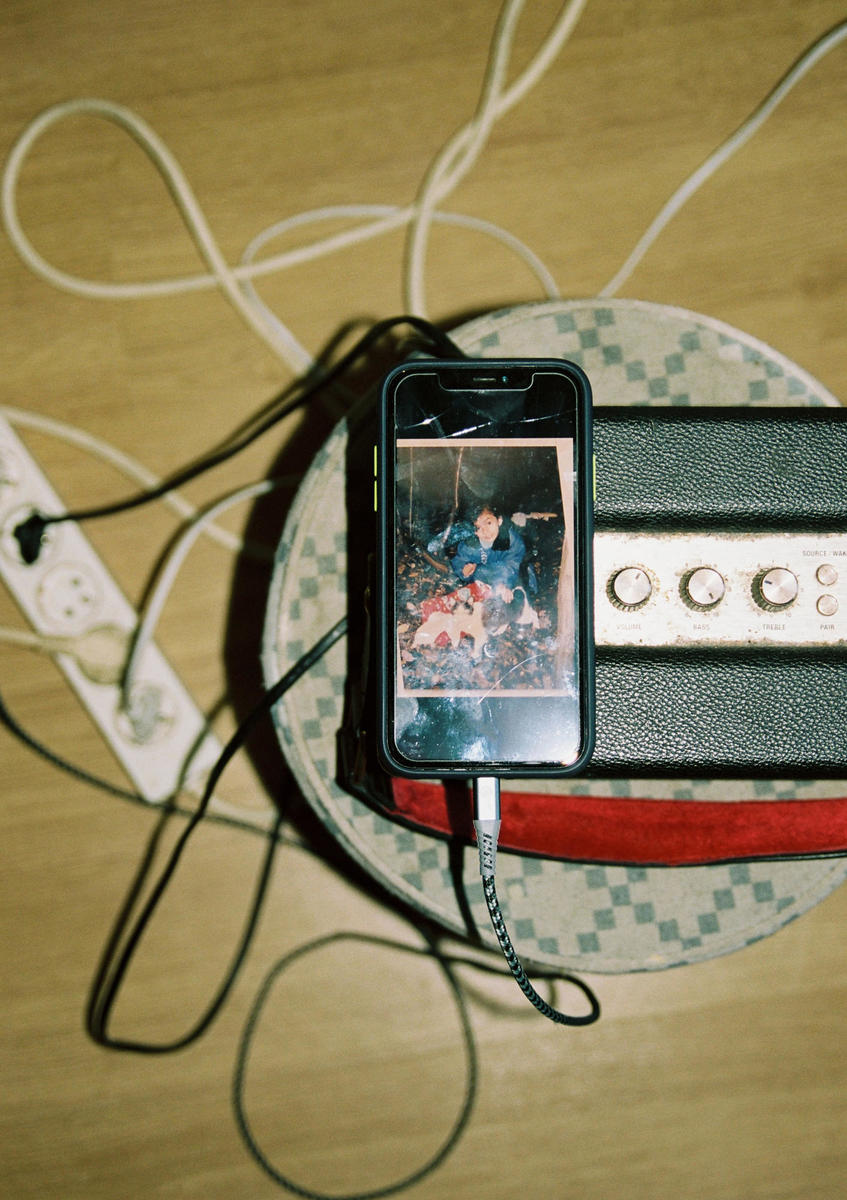
MM: “My name is Fatima” is a constant, grounding refrain in the book. It’s repeated like a prayer, uttered by a young woman trying to find her way in a hostile environment. Why did you choose to begin the chapters in this way?
FD: That formulation came bit by bit. At first, it appeared in several chapters, but not all of them. During my master’s, one of my teachers suggested I see if I could sustain it through the entire book. Would it be repetitive? Would the reader tire of it? I began to wonder if it was an affirmation, a way of asserting my existence. Or was it fixing me to a certain identity — whether the banlieue resident, the Arab, the lesbian, or the tourist? I wanted to acknowledge the character’s instability. No one could ever say they knew her fully. It was impossible to reduce her to one thing.
MM: You list these social categories that we don’t have much choice over. Then you destabilize them, often within the same chapter. It’s refreshing for readers to be nudged out of their own assumptions. I was drawn to the narrator’s struggle to nurture a creative life outside the drudgery of work through writing — this effort to sustain creativity when it isn’t supported or celebrated where you come from, when you’re denied its transformative potential.
FD: Writing promises a form of legitimacy. It’s a tool for self-knowledge. It’s not a coincidence that the character suffers from asthma. She’s not interested in elitist interpretations of literature. For her, finding writing is much like finding a way to breathe.
MM: What struck me about your book was its knotty relationship to faith and being born Muslim as opposed to willfully converting on your own terms. “I think I’m still converting to Islam,” The narrator muses. Choosing a faith for yourself differs from passively inheriting one. It would be so much easier for Fatima, a lesbian daughter of working-class immigrants, to walk away from the belief system she was born into. To her, religion is a source of shame and self-censorship but also of nourishment and strength. In depicting this grapple with faith, have you faced resistance from France’s aggressively secular landscape?
FD: I wanted to show the difference between taboos and silences: at home in Clichy-sous-Bois with my family, in Parisian LGBTQ+ circles, etc. Everyone was choosing for me. At home, it was impossible to be both a lesbian and a Muslim. It’s forbidden; there’s no debate. In Paris and its LGBTQ milieus, it was also impossible to imagine that a woman could be both lesbian and a Maghrebi Muslim. For many people, that’s just too much to comprehend. You’re being split into morsels, into a million pieces. I didn’t suffer because of who I am. I was never ashamed of being a lesbian, but I was ashamed of the loneliness of being unable to talk about it. I wanted to transmit this feeling in my writing by inhabiting a character that refuses to choose, despite the external pressures of the world. The silence between the mother and the daughter, for example, represents a subdued relationship, a kind of compromise. There is still love and comprehension. Even when they don’t talk too much, they know that there are things to say.
Journalists always want to know how I can still go back to Clichy-sous-Bois. I have to remind them that most people back home don’t care; they’re either happy for me or don’t know I’ve written a book. Actually, I’ve experienced more violence at the hands of the media than in the banlieue.
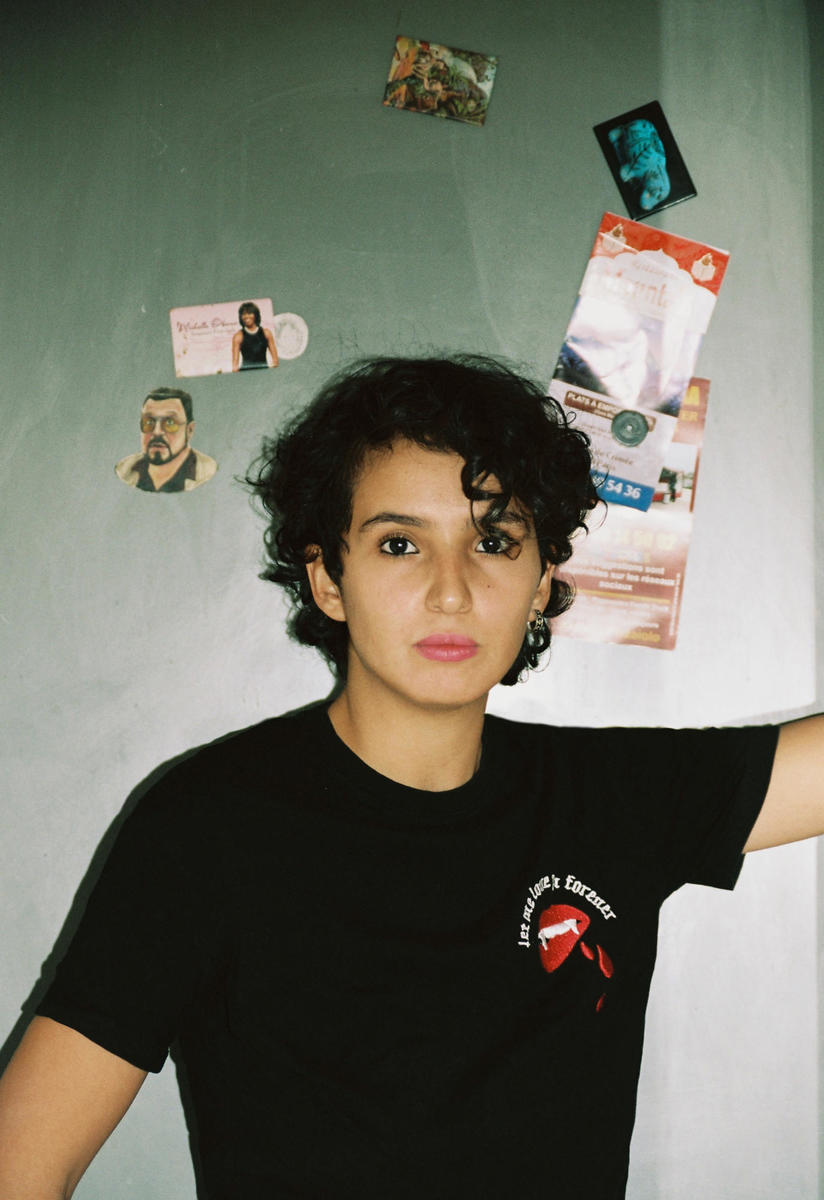
MM: That makes sense. The political and literary mainstream doesn’t want to hear that. There’s a demand for a sensational story, one where you’re relentlessly victimized by your own community and “saved” by French values and white, bourgeois French society. It’s a sadistic need to see you abused by your own. In this way, your emphasis on the mundane is radical.
FD: I had no desire to write a sensational novel on what is crudely called the banlieue, an image of a city on fire. When we were teenagers, we wanted to either prove them right or do anything we could to prove them wrong. Both postures are dangerous. The popular representations of the banlieue in French cinema have disappointed and perplexed me. They reproduce clichés: the North African girl abused by her brothers, the veiled woman who is submissive to her husband, the drug-dealing youth, the obligatory tragic ending, etcetera.
MM: You’ve defined yourself as an intersectional feminist. Intersectionality’s migration from legal theory into common parlance has been a fascinating thing to watch. In its various abstractions, it has animated so many young people across the world in the past decade. To the French establishment, it is yet another divisive, foreign, resolutely American vessel of identity politics, a toxin threatening to contaminate the French body politic.
FD: I realized that my problem was not only that I was a woman, but also that I was a French-born only child of Algerian immigrants. I was a lesbian Muslim woman. French feminist discourse couldn’t encompass my particularities or comprehend the quotidian layers of discrimination existing side by side. They weren’t talking about my life. That was a brutal realization. But there were alternatives: not one feminism, but varied feminisms. This was an intersectional feminism of the everyday. I can’t discuss feminism without considering social class, especially when faced with the current critiques of “wokeness” here in France.
MM: You beautifully describe the cocooned, peripheral world of Clichy-sous-Bois. It’s a place that occupies prime real estate in newspaper columns and national debates. You bring a sense of the domestic and the familiar to it. I’m curious about your childhood there.
FD: I had a banal childhood. Maybe more than anything, I sensed the isolation of daily life, the feeling of having to do more to go beyond the 93, that we’d have to struggle more than anyone else. But I also wanted to portray it as an environment like any other, with its humor and pedestrian details, how people relate to one another.
MM: Has the reaction to the book surprised you?
FD: The media reduced it to a novel about lesbianism and Islam. But I did meet booksellers and readers who told me that I’d given voice to their stories. In queer Muslim circles, many appreciated my forthrightness. A high-school girl gifted the book to her father, whom she hadn’t been speaking to, and they began to rebuild their relationship as a result. There was another woman who came to an event; she told me she was a Catholic and that she couldn’t accept her daughter’s lesbianism. But she stayed for the talk, bought a copy, and asked me what she could do. When I repeat this anecdote, people stress the woman’s homophobia. But I don’t see it like that.
MM: Your depiction of the classic summer trip back to the motherland tugged at me. Those cathartic, gut-churning summers where you’re confronted with the version of yourself you could have been had it not been for diaspora and dispersal. You write that “in Algeria, France is both shit hole and paradise.“ To me, this insider-outsider, native-tourist boundary is a negative space you hover in. The text is flooded with a diasporic sensibility. Tell me what Algeria means to you.
FD: Like with family, I feel both very close to and far from it. There are still so many things that I don’t know and need to discover. It’s my role to ask questions. When visiting relatives, I experience Algeria in a family-oriented way. I want to visit it outside the bounds of the family, for myself. Whenever I’m in Algeria, it’s like I’ve returned to something I left behind. But there’s also this deeply felt need to come back to France. I’m caught somewhere in the middle.
Mehdi Charef once spoke of immigrant parents who are resigned when it comes to the past. They won’t do the work of telling you things. On the other hand, there are the children who “quit” and stop asking. I think about Charef’s quitters and the extent to which we, the children of immigrants, accept the silence of our parents. We accept not knowing what they’ve been through. We give up on them. Refusing to quit means articulating these things, asking about the Algeria of our parents, how they lived, their youth, what they were like as teenagers. We need to ask questions and stop waiting for parents to emerge from their silence.
MM: A final observation and question. I was taken by the book’s distinctive soundtrack, which enlivens the commute between Clichy-sous-Bois and central Paris, but also the place of music in your world in general, especially rap. What are you listening to these days?
FD: Laylow, Nekfeu, Ninho. I listen to a lot of French rap. Recently, I discovered Marseille-based Zamdane. I love the Algerian rapper Soolking’s new album, Sans visa. It’s a hybrid child of Raï, Latin music, and rap. Listening to rap makes me want to write. It informs my distillation of emotions into efficient, simple sentences. Although a simple sentence isn’t always the easiest to write.
MM: I’m a big Laylow fan, too. Another rapper with a melodic ode to visas and visalessness. Young Thug melancholy by way of Abidjan and Toulouse. I can’t imagine better spiritual companions to your book.
-Conversation translated from French by Mona Varichon
